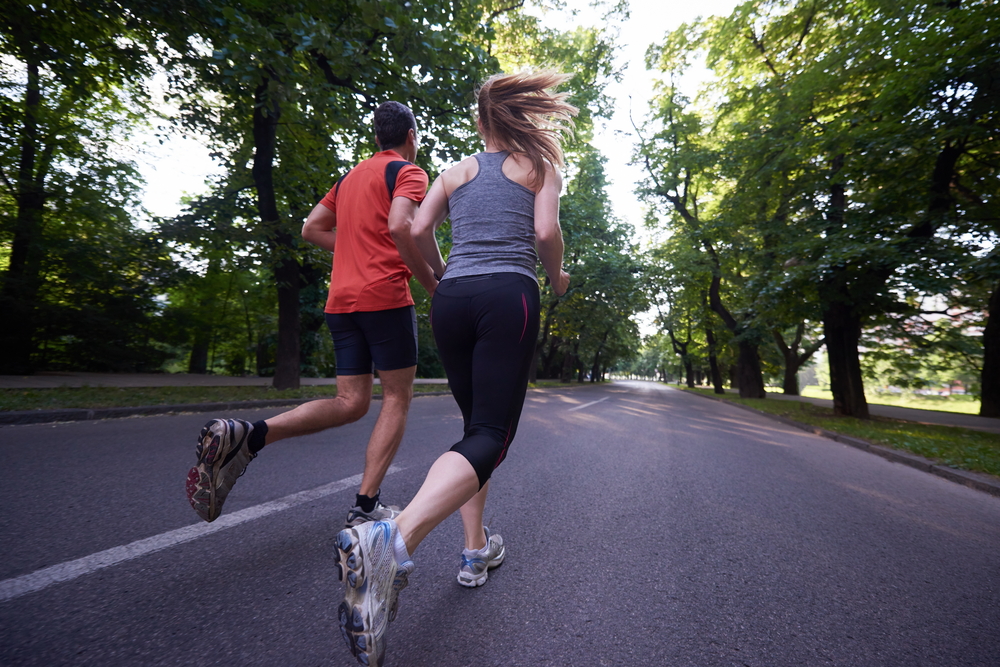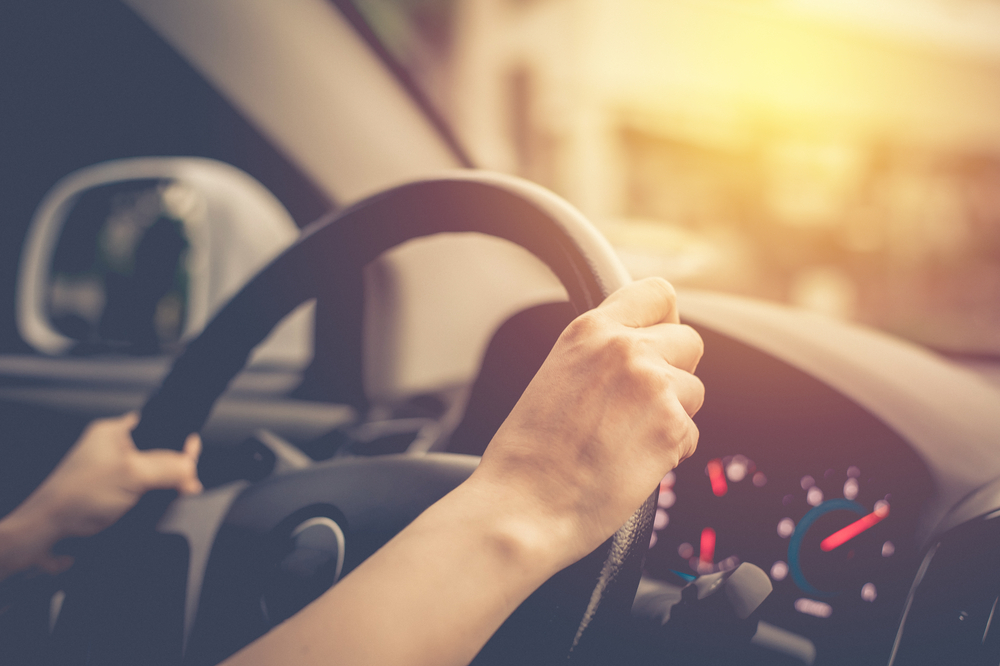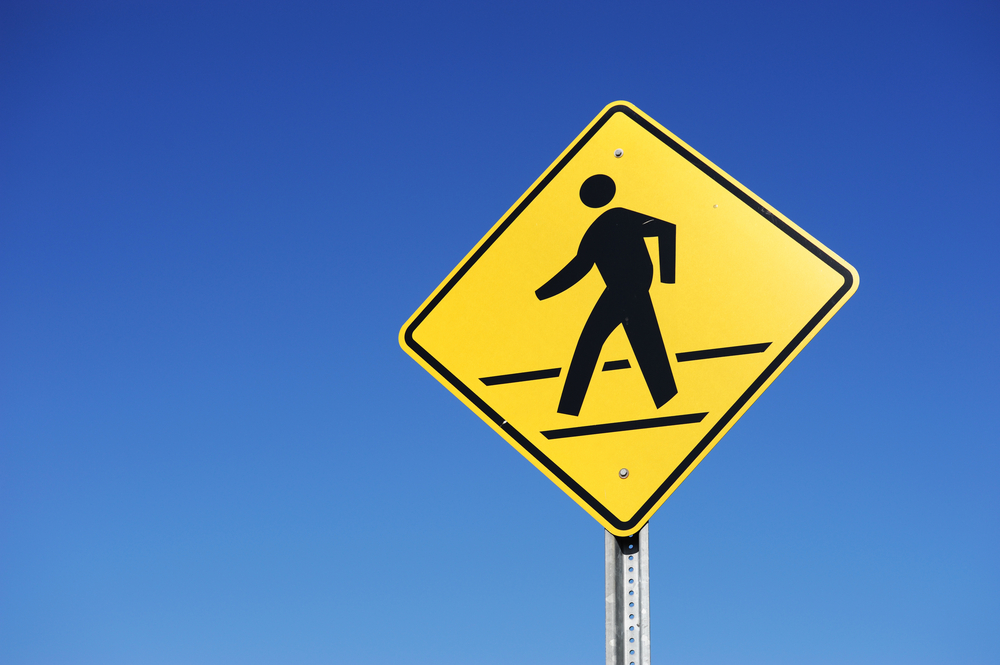Personal injury can seriously impair your personal finances. Injuries can upend all areas of life, including your career and finances. While much focus is given to physical recovery, financial recovery is crucial as well.
Your financial situation can tie into your mental and emotional recovery and, in turn, your physical recovery. Here are some tips for getting back to green after a personal injury:
- Consider a new line of work
An injury may make you unable to return to your past line of work (if it’s too unsafe or demanding). This can be very frustrating, especially if you were very passionate about your previous line of work or if you have been very successful in your career. However, there are other career possibilities ahead that may be better suited to you post-injury.
You may even find a new career that you love even more. If you’re able to work in any capacity it can do more than bring you increased financial stability and momentum. Working can also give you a new sense of identity, personal achievement, social contacts, skills development and a sense of structure—all of which can help with your mental health and in turn your physical health.
- Ask for help
If you have family or friends that would be able to help you financially consider asking them for help. You might be surprised by their willingness to help, especially if they have seen the effects of a personal injury on your life.
- Budget wisely
Recovering from injury can tighten up your finances. Budgeting is vital and can reduce risk of debt or insolvency. If this task seems monumental, ask for help from a family member or friend. Find unnecessary expenses, that you made prior to injury, and eliminate these.
Budgeting creates a solid financial basis for later success. It’s important, when budgeting, to assess your needs and wants differently and to be ruthless and honest with yourself and your finances.
- Get legal help
If you’ve been injured, damages may be owed to you. It’s crucial to ask for legal help. A personal injury lawyer can help you to navigate the best course of action. Further to this, they will be able to get you more money than an independent inquiry. These extra funds can be critical for seeing you through recovery.
If you have been injured, and need legal assistance, call #1000 on your cell phone for free. We will offer you a free claim assessment. Find out what you’re owed and start your journey back to green.














